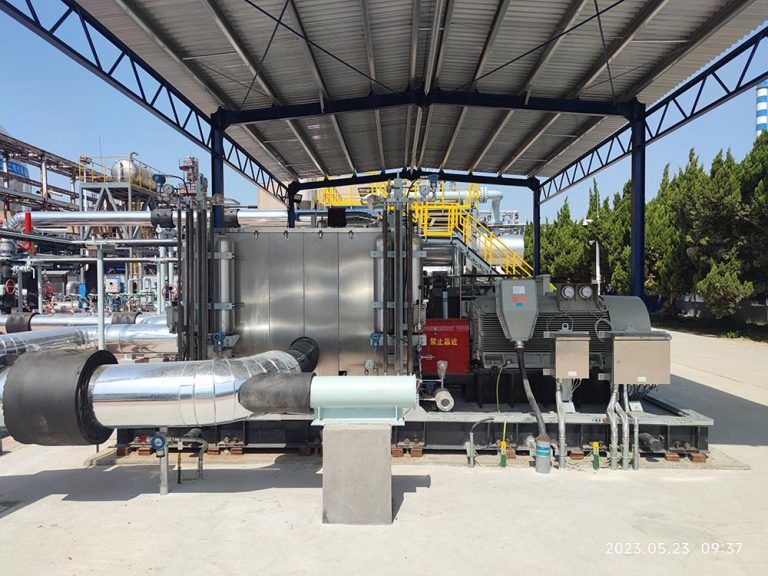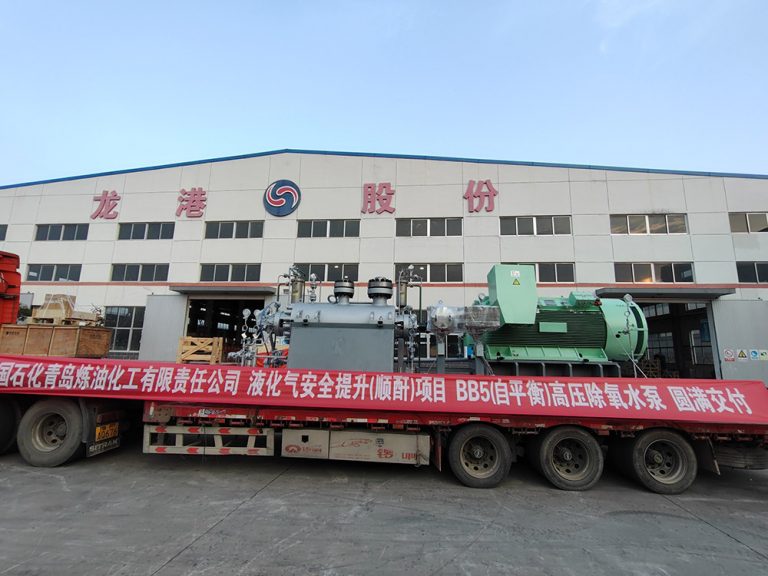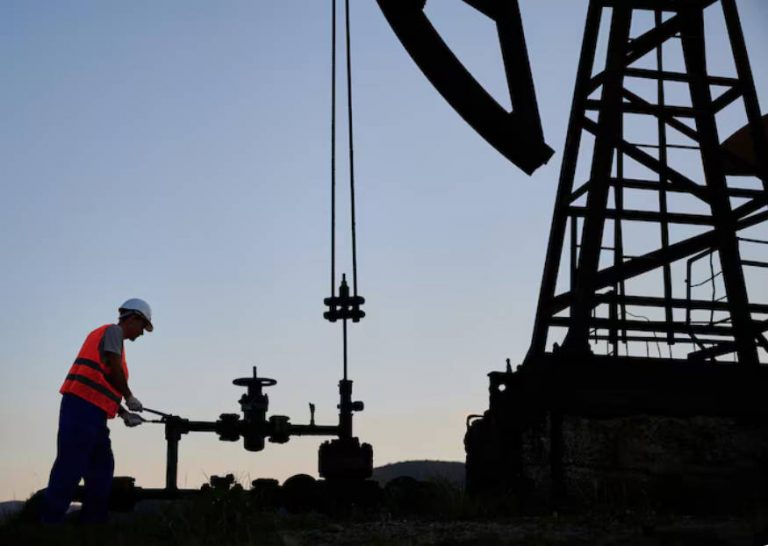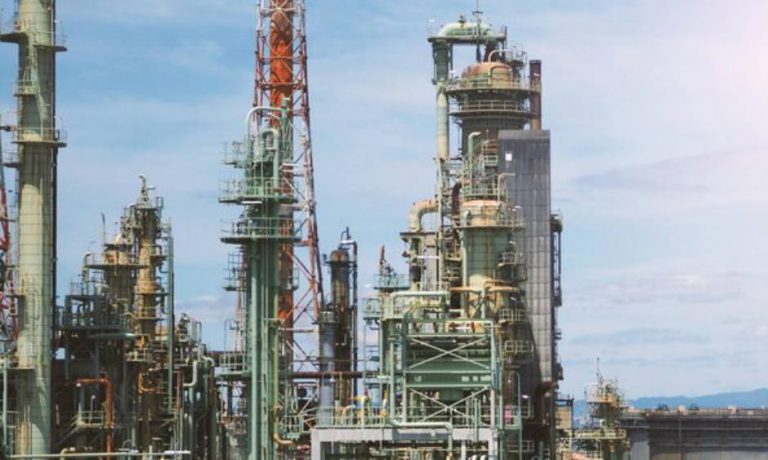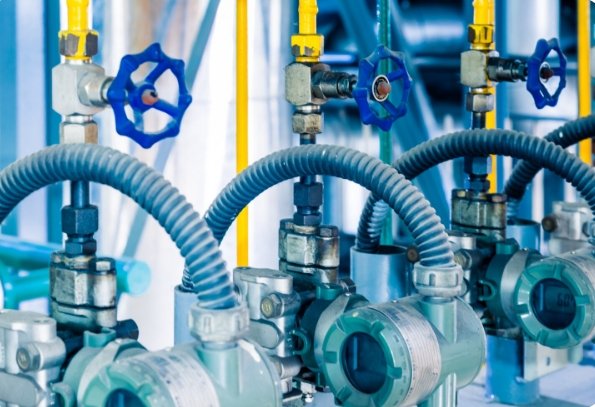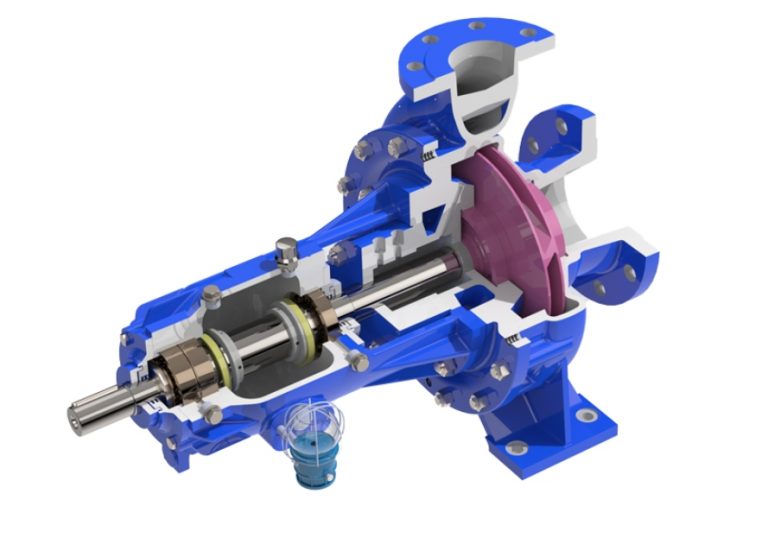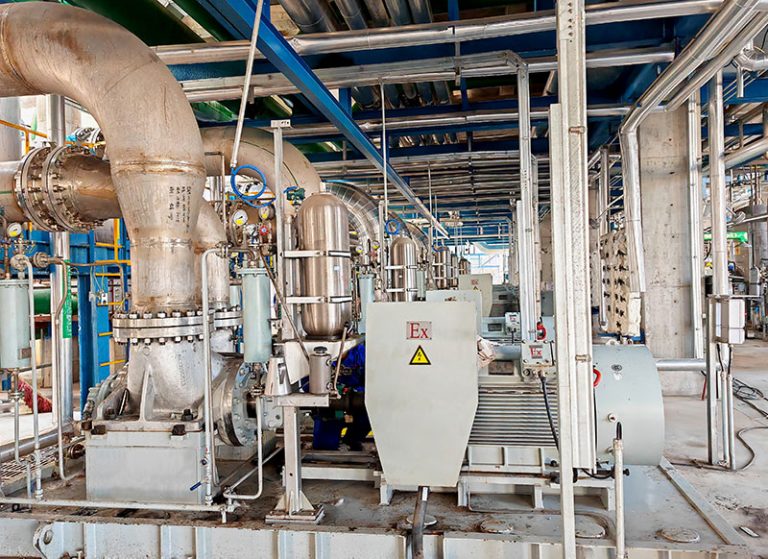
Basic Working Principle of a Centrifugal Pump
How Fluid Flows through the Pump
A centrifugal pump works by changing spinning motion energy into fluid flow energy. Fluid enters the pump through the suction inlet. It then moves to the middle of a spinning impeller. The turning impeller pushes the fluid quickly outward. This fast-moving fluid goes towards the casing. The pump then changes this speed increase into pressure energy. Finally, the fluid leaves through the discharge outlet.
The Role of Impeller and Volute
The impeller is the key part that speeds up the fluid. It’s usually covered and shaped for the best possible water flow performance. The impeller sits inside a volute casing. This spiral-shaped space catches the fast-moving liquid from the impeller. It then slows the liquid down step by step. While slowing down, the liquid’s speed turns into pressure. A very good blade water flow design leads to several benefits. These include high pump performance, low cavitation risk, a broad working area, and steady running.
Key Components That Drive the Pump
Electric Motors and Their Efficiency
Centrifugal pumps are usually powered by electric motors. The motor’s efficiency directly impacts overall energy consumption. Longgang Pump’s BB2 series centrifugal pumps are an example of high-efficiency design: The verified hydraulic optimum efficiency point reaches 90.5%, which is 3.5% higher than the national first-level energy efficiency.
Importance of Shaft and Mechanical Seals
The shaft connects the motor to the impeller, transmitting torque to drive rotation. To prevent leakage along this shaft, mechanical seals are used. These seals must be durable enough to withstand pressure, temperature changes, and corrosive fluids. The sealing cavity dimensions are designed by API682 3rd edition and can be used in conjunction with various sealing and flushing solutions.
Common Applications in Industrial Settings
Use in Chemical Processing Systems
Centrifugal pumps are widely used in chemical industries for transferring aggressive liquids like acids or solvents. Longgang Pump mainly produces BB series, OH series, and VS series chemical centrifugal pumps. These products are engineered for high corrosion resistance using customized materials like super-low carbon duplex stainless steel.
Integration in Water Circulation Systems
In water treatment plants or HVAC systems, centrifugal pumps help circulate large volumes of water efficiently. It is mainly used to transport clean or liquid containing trace particles, such as the petrochemical industry, hydro-irrigation, industrial power plants, industrial desalination projects (reverse osmosis method), and combined cycle power plants.
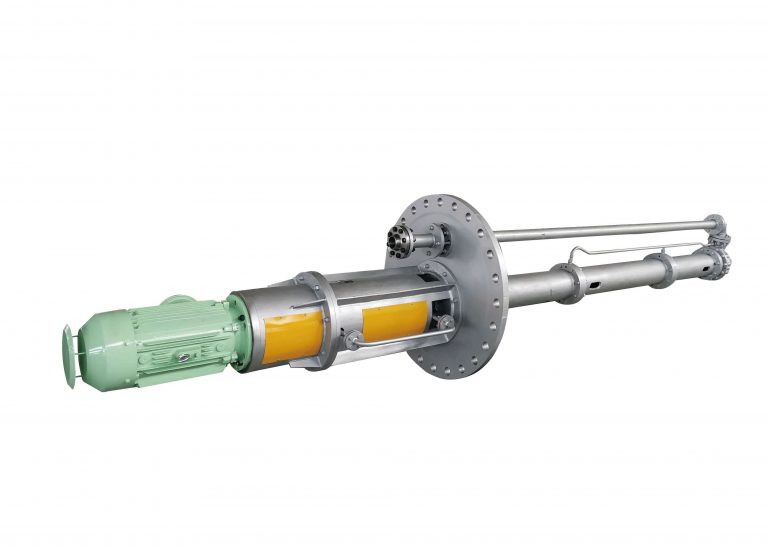
Longgang’s Centrifugal Pump Solutions
LY(VS4)-Long Axis Submerged Centrifugal Pump
The LY(VS4) vertical sump pump is a single-stage, single-suction submerged centrifugal pump designed according to API610 standards. It uses thin oil lubrication and features a long-axis design ideal for handling corrosive or particle-laden fluids in wastewater or chemical applications.
LDD(BB4)-High-Pressure Segmented Multi-Stage Centrifugal Pump
The LDD(BB4) series is a horizontal multi-stage pump featuring a segmented casing with impellers arranged in one direction. Designed for high-pressure applications like boiler feedwater systems or seawater desalination projects, it offers excellent cavitation performance and can handle up to 30 MPa pressure.
How to Select the Right Longgang Pump Pump
Matching Flow Rate and Head Requirements
Select a model based on your system’s required flow rate (Q) and head (H). For example, LDD (BB4) has flow rates from 5–1200 m³/h and heads up to 3000 m. Customization options ensure precise alignment with operational needs.
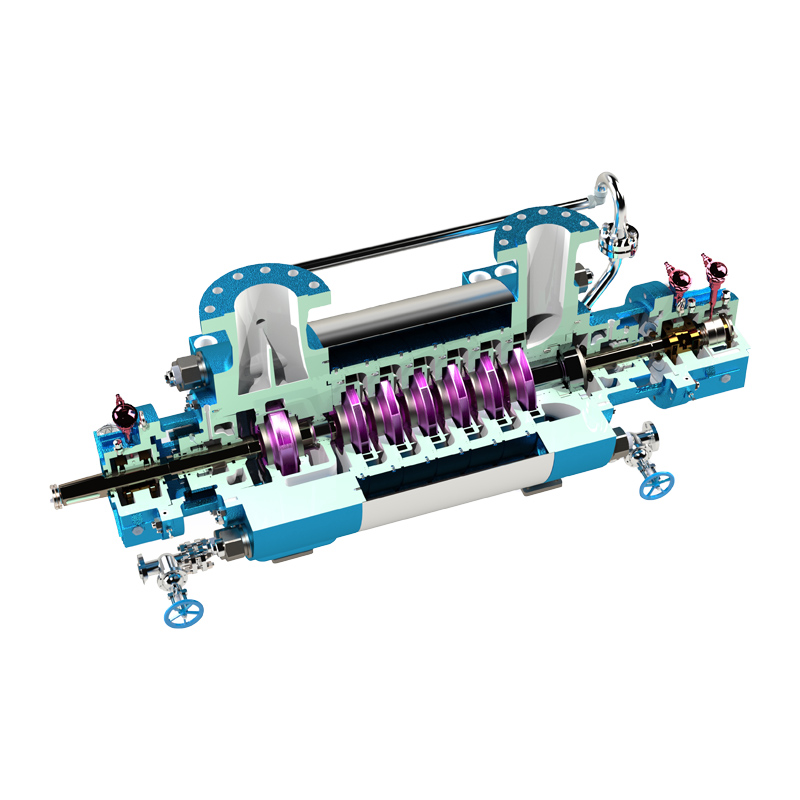
Considering Chemical Compatibility and Temperature
For chemically aggressive or high-temperature environments, material selection is crucial. Longgang Pump has developed special alloy material pumps such as anti-dilute sulfuric acid, hydrochloric acid, concentrated sulfuric acid, and caustic soda, ensuring long service life under harsh conditions.
Maintenance Tips for Long-Term Performance
Regular Inspection of Seals and Bearings
To avoid downtime, inspect mechanical seals for wear and ensure bearings are properly lubricated. Bearings adopt an oil ring lubrication structure and offer high reliability.
Cleaning Procedures for Chemical Residue
For chemical pumps handling corrosive substances, routine internal cleaning prevents residue buildup that could impair efficiency or cause damage over time.
Troubleshooting Common Issues
Causes of Low Flow or Pressure Drop
Low flow may result from impeller wear or clogged suction lines. Check alignment issues or air leaks that could cause loss of prime.
Operations with Cavitation or Overheating
Cavitation is caused by the creation of vapor bubbles due to low inlet pressure; it will destroy parts in the long run. Fulfill NPSH requirements through the correct selection of suction conditions and impeller types, like double-suction designs.
FAQ
Q: What is a centrifugal pump used for?
A: Centrifugal pumps move liquids. They achieve this by transforming rotational energy into fluid pressure energy. These devices are widely utilized in chemical processing facilities, water purification plants, petroleum refineries, and electricity generation stations.
Q: Are centrifugal pumps suitable for corrosive chemicals?
A: Yes, they can be. Longgang Pump offers specific models designed for this challenge. These versions employ unique alloy substances. These materials withstand attack from aggressive acids like hydrochloric acid or sulfuric acid. This capability enables secure handling of chemical substances.
Q: What is the maintenance required by a centrifugal pump?
A: Consistent upkeep is vital. Regularly examine seals and bearings. Keep interior components spotless. Ensure they stay clear of buildup. This is especially critical when managing thick or reactive liquids.
Q: Does Longgang Pump offer customized pump solutions?
A: Absolutely. We operate as an OEM supplier. Our organization possesses significant research and development strength. Furthermore, we supply tailor-made products. These meet special customer specifications. Examples include particular flow rate needs, material suitability, and heat resistance limits.

